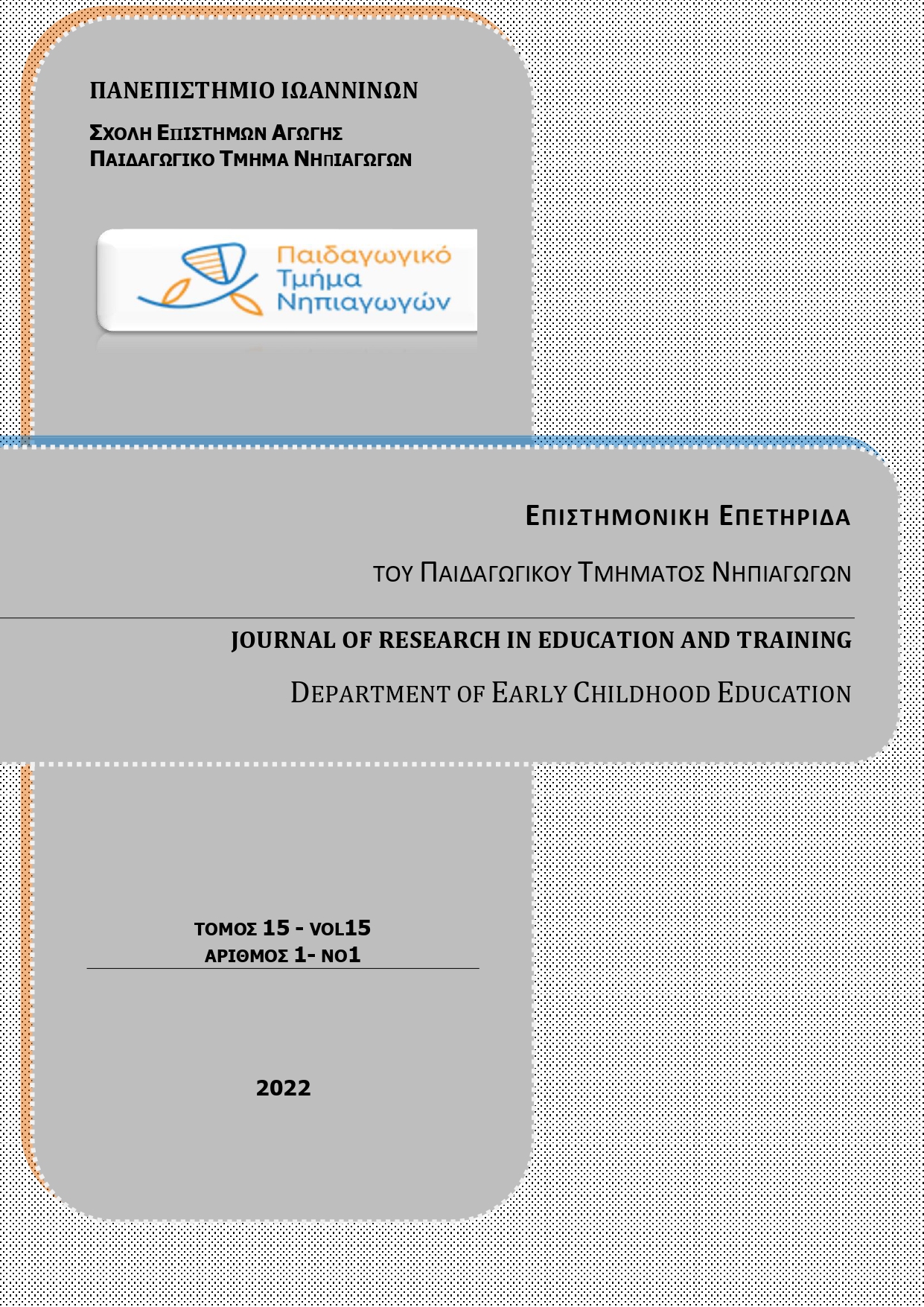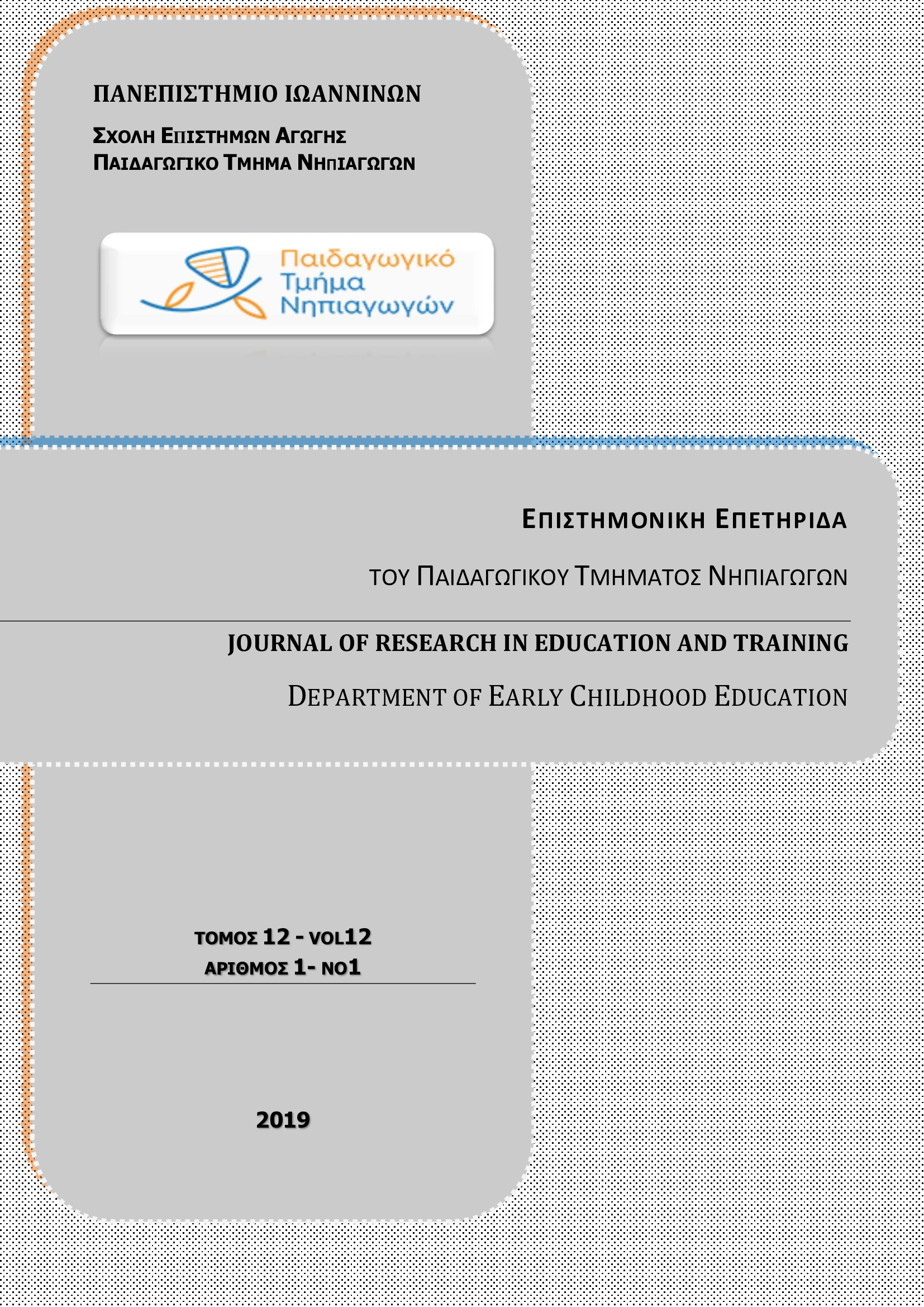Διαπολιτισμική επικοινωνία Χαρτογραφώντας το πεδίο

Περίληψη
Με δεδομένη την αυξημένη πολιτισμική και γλωσσική διεπαφή των ανθρώπων σήμερα, δεν είναι τυχαία η ανάπτυξη του πεδίου της διαπολιτισμικής επικοινωνίας. Στην παρούσα εργασία, επιχειρείται, λοιπόν, μια χαρτογράφηση αυτού του ερευνητικού πεδίου. Όπως διαπιστώθηκε, στην πρώιμη φάση του, δόθηκε ελάχιστη προσοχή σε γλωσσικές όψεις της διαπολιτισμικής επικοινωνίας, καθώς αναπτύχθηκε κυρίως στο πλαίσιο της ψυχολογίας, της διοίκησης επιχειρήσεων και των σπουδών επικοινωνίας και είχε έναν έντονα πρακτικό προσανατολισμό. Στη γλωσσολογία, συνδέθηκε κυρίως με την αντιπαραθετική/συγκριτική και τη διεπιδραστική (κοινωνιογλωσσολογική) παράδοση. Ακόμη, ως αντικείμενο, έχει δεχθεί σημαντική κριτική πως έχει συμβάλει, στην πραγματικότητα, στην ενίσχυση των στερεοτύπων που προσπαθεί να αντιπαλέψει (π.χ. ουσιοκρατική αντίληψη για τον πολιτισμό, μεθοδολογικός εθνικισμός). Γι’ αυτό τον λόγο, έχουν προταθεί σύγχρονες προσεγγίσεις της διαπολιτισμικής επικοινωνίας, όπως η υπερπολιτισμική και η κριτική λογοαναλυτική προσέγγιση, οι οποίες επιχειρούν να ξεπεράσουν τους περιορισμούς που έχουν αναδειχθεί. Ειδικότερα, η υπερπολιτισμική προσέγγιση εστιάζει στην υπέρβαση των πολιτισμικών ορίων, αμφισβητώντας τις αυτονόητες διασυνδέσεις μεταξύ μιας συγκεκριμένης γλώσσας, πολιτισμού και γεωγραφικού χώρου. Από την άλλη, η κριτική λογοαναλυτική προσέγγιση αντιμετωπίζει τις πολιτισμικές ταυτότητες ως ιδεολογικές κατασκευές του λόγου, παρά ως αντικειμενικές οντότητες, αποκαλύπτοντας τον ρόλο των σχέσεων εξουσίας που εμπλέκονται στον τρόπο κατασκευής τους.
Λεπτομέρειες άρθρου
- Πώς να δημιουργήσετε Αναφορές
-
ΣΤΑΜΟΥ Α. (2022). Διαπολιτισμική επικοινωνία: Χαρτογραφώντας το πεδίο. Επιστημονική Επετηρίδα Παιδαγωγικού Τμήματος Νηπιαγωγών Πανεπιστημίου Ιωαννίνων, 15(1), 42–70. https://doi.org/10.12681/jret.29697
- Τεύχος
- Τόμ. 15 Αρ. 1 (2022):
- Ενότητα
- Άρθρα

Αυτή η εργασία είναι αδειοδοτημένη υπό το CC Αναφορά Δημιουργού – Μη Εμπορική Χρήση – Παρόμοια Διανομή 4.0.
Οι συγγραφείς που δημοσιεύουν σε αυτό το περιοδικό συμφωνούν στους παρακάτω όρους :
1. Οι συγγραφείς διατηρούν τα δικαιώματα πνευματικής ιδιοκτησίας επί των άρθρων τους, χορηγώντας στο περιοδικό το δικαίωμα της πρώτης δημοσίευσης. Άρθρα που δημοσιεύονται στο περιοδικό «Επιστημονική Επετηρίδα του Παιδαγωγικού Τμήματος Νηπιαγωγών της Σχολής Επιστημών Αγωγής του Πανεπιστημίου Ιωαννίνων» διατίθενται με άδεια Creative Commons 4.0, σύμφωνα με την οποία μπορούν να χρησιμοποιούνται ελεύθερα, με αναφορά στο/στη συγγραφέα και στην πρώτη δημοσίευση για μη κερδοσκοπικούς σκοπούς.
2. Οι συγγραφείς μπορούν να συνάπτουν ξεχωριστές, πρόσθετες συμβάσεις και συμφωνίες για την μη αποκλειστική διανομή του δημοσιευμένου στο περιοδικό έργου (π.χ. κατάθεση σε ένα ιδρυματικό αποθετήριο ή δημοσίευση σε ένα βιβλίο), με την αναγνώριση της πρώτης δημοσίευσης σε αυτό περιοδικό.
3. Στους συγγραφείς επιτρέπεται να δημοσιεύσουν την εργασία τους online (κατά προτίμηση σε ιδρυματικά αποθετήρια ή στην ιστοσελίδα τους) πριν και κατά τη διάρκεια της διαδικασίας υποβολής, καθώς αυτό μπορεί να οδηγήσει σε παραγωγικές ανταλλαγές, όπως επίσης και παλαιότερες και ευρύτερες παραπομπές δημοσιευμένων εργασιών (The Effect of Open Access)



